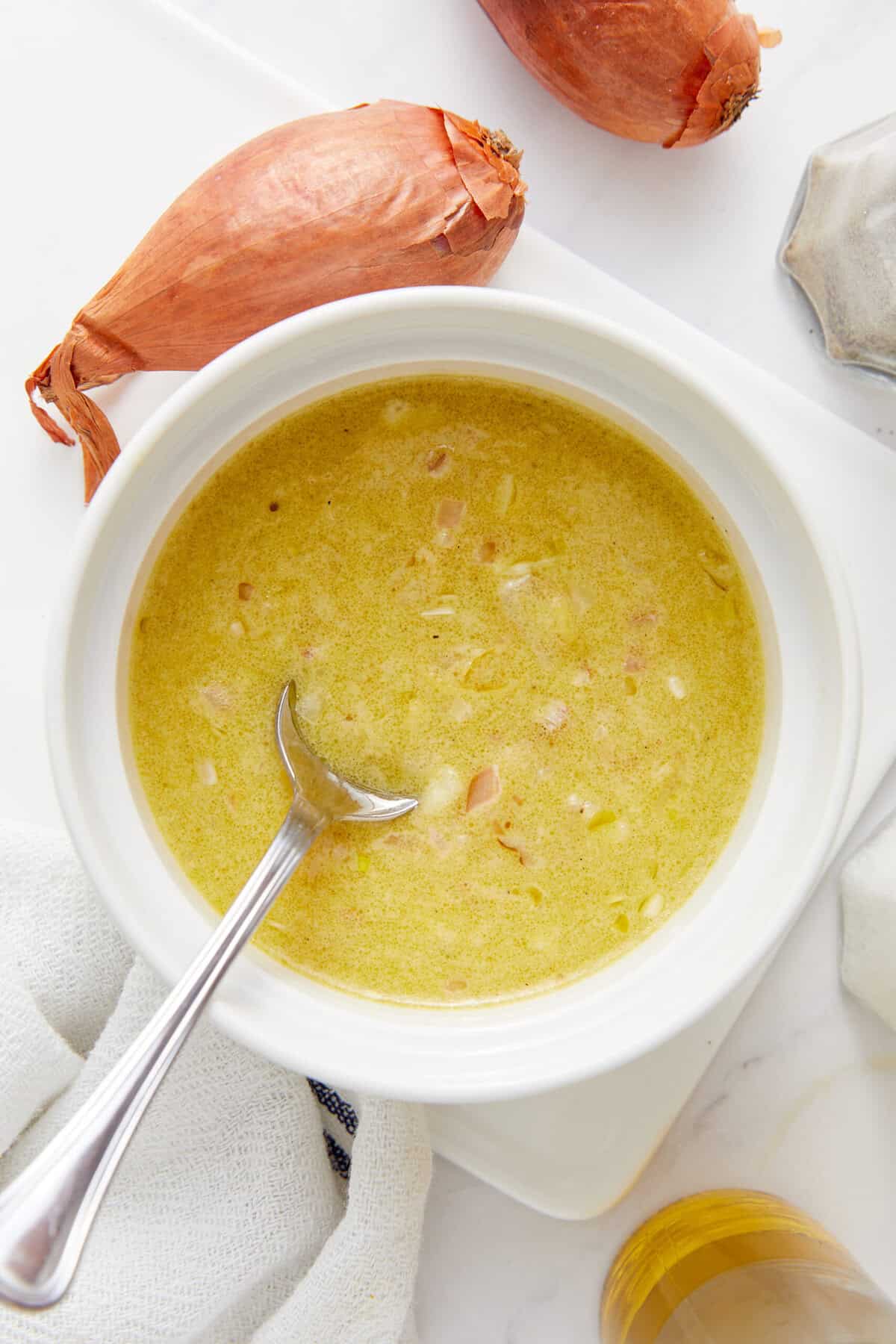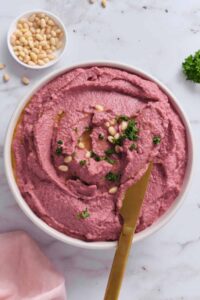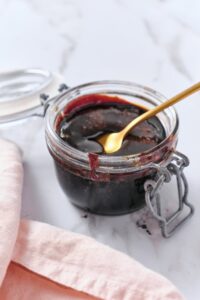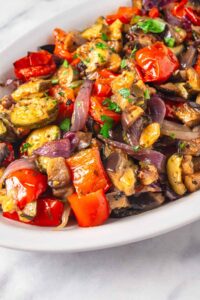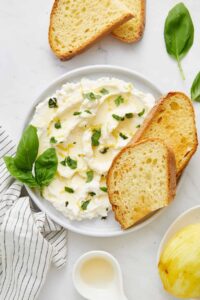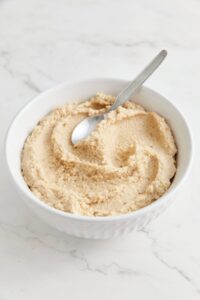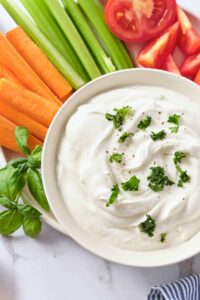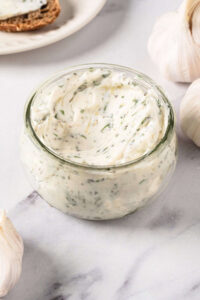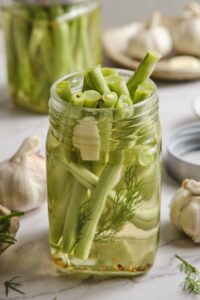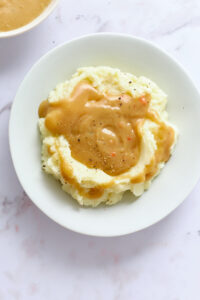Craving a golden, citrusy dressing with an earthy twist? Check out this easy-peasy Shallot Vinaigrette!
Table of Contents
Shallots vs. onions—what’s the difference?How do I store leftovers?Serving suggestionsShallot Vinaigrette
In case you think you ran out of salad dressings to try this summer, let me introduce you to this one. This shallot vinaigrette tastes as sunny as it looks, bursting with bright lemon flavors and a hint of creamy Dijon mustard. I can’t think of a veggie blend that wouldn’t taste delectable with this vinaigrette drizzled over it. Heck, I might even put it on a sandwich! It has the power to liven up any meal.
If you’re new to the vibrant world of vinaigrettes, let me offer a couple of tips to help this recipe go by like a breeze. First, make sure to stir thoroughly. I prefer using a large fork or a small whisk, either of which can whip up the mixture so that everything blends smoothly. Next, make sure to finely mince the shallot and garlic. If you’re unable to mince properly, pop the bulbs in a food processor and pulse a few times until they’re at the desired consistency. The smaller the pieces, the better and smoother the final product will be. Last but not least, to increase the salty taste, mix in a tablespoon of Parmesan cheese. I’ve also found nutritional yeast to be a great plant-based flavor booster for my vegan friends.
However you choose to dress it up or down, this shallot vinaigrette can quickly become a common condiment in your kitchen. It’s fresh, flavorful, and easy to make in abundance for large meals.
Shallots vs. onions—what’s the difference?
At first glance (or sniff), they might seem similar, and that’s because both shallots and onions are part of the allium family. This group of vegetables includes garlic, onion, and other bulbous herbaceous plants. The main difference here is that shallots taste milder and sweeter than onions, which are usually quite pungent and sometimes spicy. Shallots also have a subtle aftertaste of garlic, which is how they can deepen the flavor profile of anything they’re added to. Whisked into a dressing like this one, shallots offer a fragrant and flavorful blend without overpowering the dish. Onions, on the other hand, especially when raw, can sometimes be a little “too much.”
How do I store leftovers?
I recommend making your shallot vinaigrette in a mason jar with a tight-fitting lid. Sealed like so, it will last in the fridge for about 1 week. Before each use, it’s a good idea to stir the dressing with a fork or shake it in the sealed jar. That way, it stays smooth and well-blended.
Serving suggestions
Thankfully, there’s no limit to the types of salads you can try this shallot vinaigrette on. It’s mostly about your preference and the desires of those you’re serving. Drizzle it over a sweet Berry Salad, a savory Spring Salad, or a Quinoa Chickpea Salad. But it’s not just salads that shallot vinaigrette can dress—you can also pour it over Pasta With Peas, Grilled Tofu, or Salami Sandwiches. And you better believe that any of these pairings go great with a refreshing glass of Lemonade.
Shallot Vinaigrette
Ingredients
1 large shallot finely minced
1 clove garlic finely minced
3/4 teaspoon Dijon mustard
2 1/2 tablespoons lemon juice
zest of 1 lemon
1/4 teaspoon fine sea salt
1/4 teaspoon freshly cracked black pepper
5 tablespoons extra virgin olive oil
Instructions
Nutrition
The post Shallot Vinaigrette appeared first on Food Faith Fitness.
